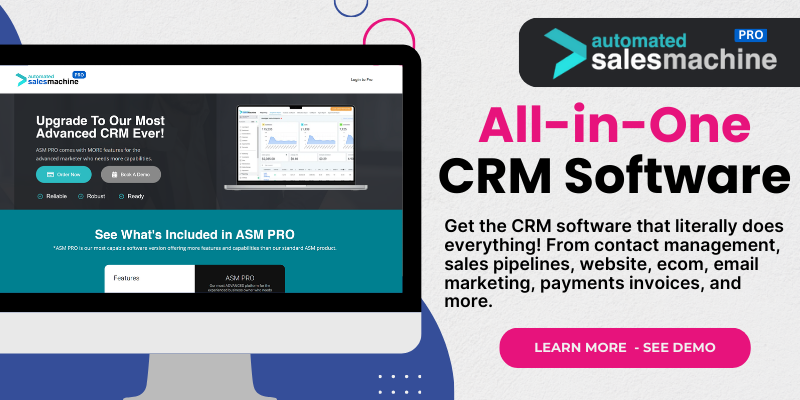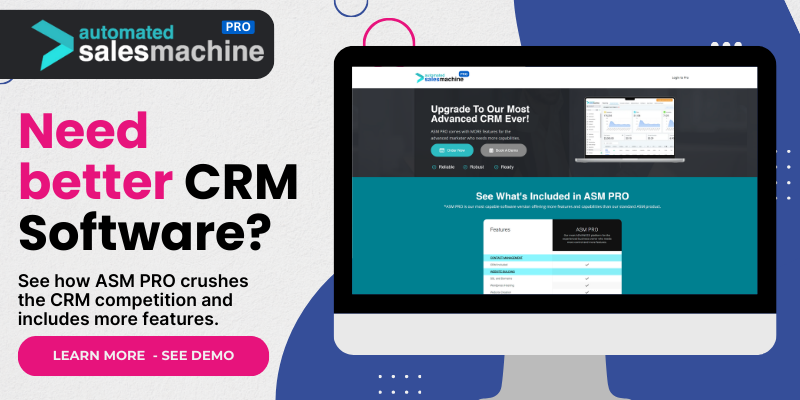Understanding Your Current CRM Infrastructure
Evaluating Your Existing System
Before diving into the costs of integrating another software into your CRM, it’s super important to take a close look at your current system. Ask yourself how well your CRM serves you. Is it user-friendly? Can it handle the extra load? I’ve found that many folks underestimate the importance of doing this initial evaluation, and trust me, it can save you a lot of headaches (and money) down the road.
When I first started integrating new tools into my CRM, I didn’t give much thought to how compatible my existing setup was. Big mistake! I ended up spending way more than I had planned, just trying to get everything to work together. By taking the time to assess your current system, you can avoid costly errors and choose software that complements what you already have.
So, grab a coffee and take some time to map out your CRM’s current capabilities and limitations. This understanding is your foundation for successful integration.
Identifying Your Needs
Next up, you’ve got to pinpoint what you actually need from this new software. Are you looking to improve customer support? Maybe you need better analytics? I remember when I integrated a marketing tool into my CRM – I specifically wanted to enhance my email campaigns.
When I took the time to figure out my exact needs, it made the whole process smoother. I could then evaluate various options based on how well they aligned with my goals. It’s all about making sure that the integration brings true value to your operations. If you don’t know what you need, you might end up with a tool that’s just fluff.
Don’t rush this step! Jot down the features and functions that matter most to you. Clarity here will guide you in making a savvy investment.
Cost Estimation Based on Current Set-Up
Alright, let’s talk numbers! Estimating integration costs can be tricky, but your current setup plays a huge role in what you’ll spend. Some CRMs are more flexible than others when it comes to adding on new software. For example, I found that open-source CRMs can be a little cheaper to integrate with, but they might require more technical know-how.
Look into what your CRM supports natively versus what needs custom coding. This distinction can drastically affect cost. Plus, keep in mind licensing fees for the new software itself—those can sneak up on you if you’re not watching closely. You’ll want to total everything up, from installation to training costs.
In the end, creating a comprehensive budget with all elements considered will help you stay on track financially and prevent any nasty surprises.
Choosing the Right Software
Comparing Options
Now that you know your current CRM and your needs, it’s time to weigh your options. There are tons of software solutions out there, and not all are created equal. Trust me, I’ve seen shiny tools that promised the world but delivered less than stellar results just because they weren’t the right fit for my specific setup.
When comparing options, go beyond just the price tag. Check reviews, request demos, and maybe even chat with other users. They can provide invaluable insights that you can’t get just from a glossy brochure. I’ve had great experiences by reaching out to user communities and forums to gather feedback.
And remember, sometimes the cheapest option isn’t the best. Investing in a more expensive solution might save you time and resources in the long run if it’s a good fit.
Consider Integration Complexity
Integration complexity can be a real game-changer in terms of cost. Some software integrates seamlessly with CRMs, while others feel like you’re trying to fit a square peg in a round hole. I’ll never forget the time I underestimated the complexity of connecting an analytics tool—it turned into a wild goose chase for a solution.
This complexity could mean higher costs, especially if you need to hire a developer or IT consultant. When exploring options, ask about the integration process. Do they provide support? Is it user-friendly? Those questions will lead you to a much clearer understanding of what’s ahead.
So, before you dive in, make sure you understand the requirements involved in integrating the software you’re considering. It can save you tons of time and frustration.
Calculating Potential ROI
Finally, let’s talk about return on investment (ROI). This is often overlooked, but it’s crucial when deciding whether to integrate new software. You want to make sure that this investment translates into real business value. Think about it—how will this integration improve efficiency or boost customer satisfaction?
For instance, when I integrated a customer support tool, not only did it streamline my workflow, but it also enhanced our response times, leading to happier customers and ultimately more sales. That’s the kind of return you want to look for!
Make a case for how the integration will affect your bottom line. You’ll want measurable metrics to track after implementation. This clarity can justify the investment and even help secure buy-in from your team.
Implementation Timeline
Planning the Steps
When you’re ready to begin, it’s time to draft a timeline for implementation. This is where everything can get a little hectic, so planning is key. First, lay out all the steps required for integration. I suggest breaking it down into manageable tasks to avoid feeling overwhelmed.
Set realistic deadlines for each stage. I’ve learned that being overly ambitious can lead to rushed work, which often results in mistakes. Instead, give yourself and your team enough breathing room to really nail the integration.
Keep in mind, some phases may take longer than you expect. So, don’t hesitate to build in some buffer time for the unexpected!” It’s better to plan for flexibility than to be caught off-guard.
Training and Support
A critical part of any software integration is training your team. No matter how awesome the tool is, if your team doesn’t know how to use it, you’re in for a bumpy ride. I always set aside time for training sessions so that everyone feels comfortable hopping on board.
Develop training materials or host workshops when the new software rolls out. Make sure you’re covering the features that will have the most significant impact on your daily tasks. I often find that hands-on training leads to stronger adoption rates and a smoother transition.
And don’t forget to provide ongoing support after the training. A trouble ticket system or a dedicated support channel can make a world of difference as questions come up during everyday use.
Feedback and Iteration
Lastly, after integration, gathering feedback is essential. Initiate discussions with your team to see how they feel about the new tool after some time using it. I can’t stress enough how valuable this feedback has been in my experiences.
Many times, I uncovered areas for improvement or additional training needs just by chatting with coworkers. Use that insight to iterate on how you utilize the software. Continuous improvement is the name of the game!
And remember, integration isn’t a one-and-done deal—software evolves, and so should your use of it to keep up with changes and demands on your business.
Frequently Asked Questions
What factors influence the cost of integration?
The cost of integration can depend on your current CRM setup, the complexity of the software, the required customizations, and whether you need external support for the integration process.
Is it worth hiring a consultant for integration?
In many cases, yes. A consultant can help you navigate complexities and tailor solutions to your needs, ultimately saving you time and potentially preventing costly mistakes.
How can I ensure smooth training for my team?
Focus on hands-on training sessions and create easy-to-follow materials. Open discussions and a supportive atmosphere can also enhance the learning experience.
Will my ROI be immediate after integration?
Not necessarily. While some benefits may be immediate, others might take time to realize fully. Track metrics closely to evaluate the integration’s impact over a reasonable period.
What should I do if the new software isn’t working as expected?
Analyze feedback from your team, check for technical glitches, and reach out for support from the software provider. It may require adjustments in usage or even additional training for a successful adaptation.

